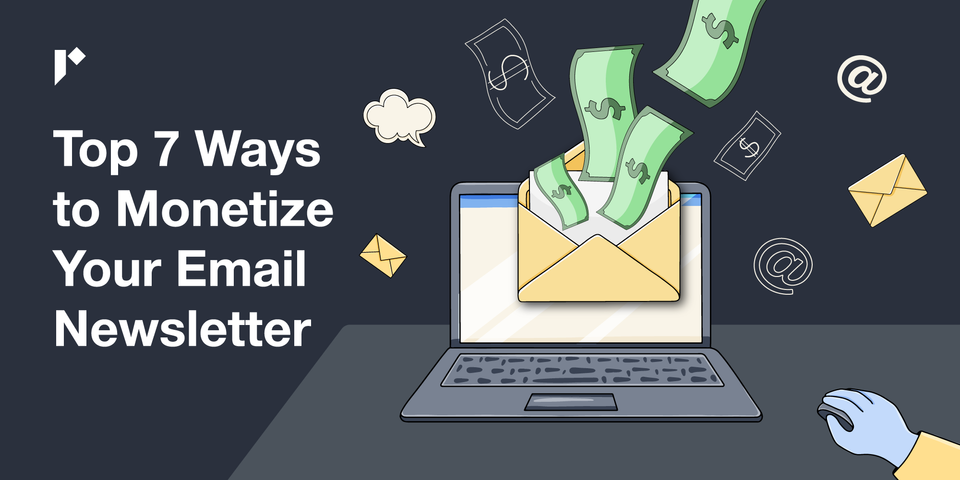What came to mind the first time you heard that it was possible to monetize your newsletter? Did you leap straight into a Google search or did you gloomily scan your own newsletter stats and conclude, "monetization won't work for me."
Let's take a step back. You put a ton of work into communicating with your online community every week. Why shouldn't that contribute directly to your income? Your newsletter could become a profitable part of your business if you choose the correct monetization method to suit your audience and niche.
So, in this article, we'll cover the pros and cons of seven ways to monetize your newsletter and include real-world examples of newsletter creators who are turning a profit using each strategy.
Table of Contents
Paid newsletter subscriptions
While many newsletters are free to all readers, others have paid plans which offer premium content with more value than the free version. It works because niche audiences willingly pay for actionable advice from an expert in their field.
For example, in the fashion niche, WWD (Women's Wear Daily) readers subscribe for unlimited access to the WWD mobile app and a daily industry briefing. In the health space, someone with coeliac disease might subscribe to a food blogger's paid newsletter to get easy access to gluten-free recipes and meal plans.
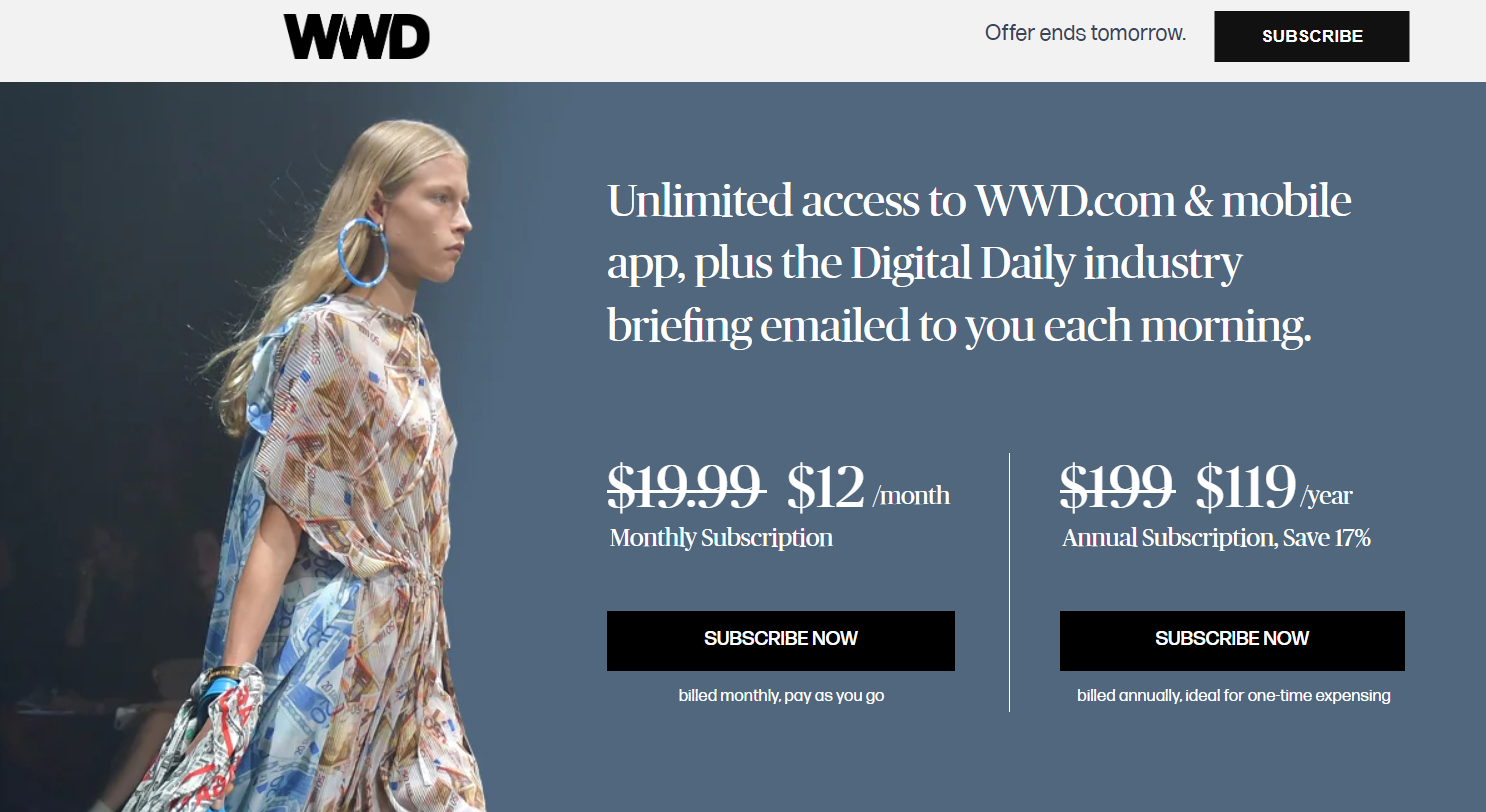
No matter what industry you're in, there is almost unlimited information online, but busy professionals don't have the time to go down the internet rabbit hole. Many would rather pay a newsletter creator for access to a curated newsletter full of valuable information from around the web or other tools directly related to their industry.
Paid newsletters are not email marketing. Instead, success hinges on delivering the right type of information to your audience. Listen to this episode of the "How to Scale An Agency" podcast for an excellent explanation of why working with your audience's interests and problems is crucial before you can scale your subscription newsletter.
Two simple ways to deliver paid newsletters
- Substack is an easy-to-use platform for creators to set up subscription newsletters, blogs and even podcasts. Substack won't charge you to use their platform if you run a free newsletter. However, if you take paid subscriptions, Substack will keep 10% of your revenue from their site.
- Joining an email service provider like ConvertKit, MailerLite or AWeber gives you access to newsletter templates and tools to set up a landing page, collect the money and deliver premium content to paid subscribers.
What can you charge for a subscription newsletter?
A quick search on Substack shows that Substack newsletters are listed in many categories, including Finance, Food & Drink, Faith & Spirituality, Technology, News, Music, Crypto, Education and more.
Many of these newsletters provide some free content, then hide the rest behind a paywall. For example, in the Action Cookbook Newsletter, Scott Hines includes free articles for anyone to browse and get a feel for his work. However, when trying to read recipe articles, non-paying readers are blocked by a note informing them that the blog post is for paid subscribers.
Checking through the Substack categories reveals a range of subscription newsletter prices from as little as $5 to $50+ per month. The newsletter categories command different price variations too. For example, paid subscriptions in 'Culture' hover around $5-$10, while prices in 'Business' are likely to be much higher.
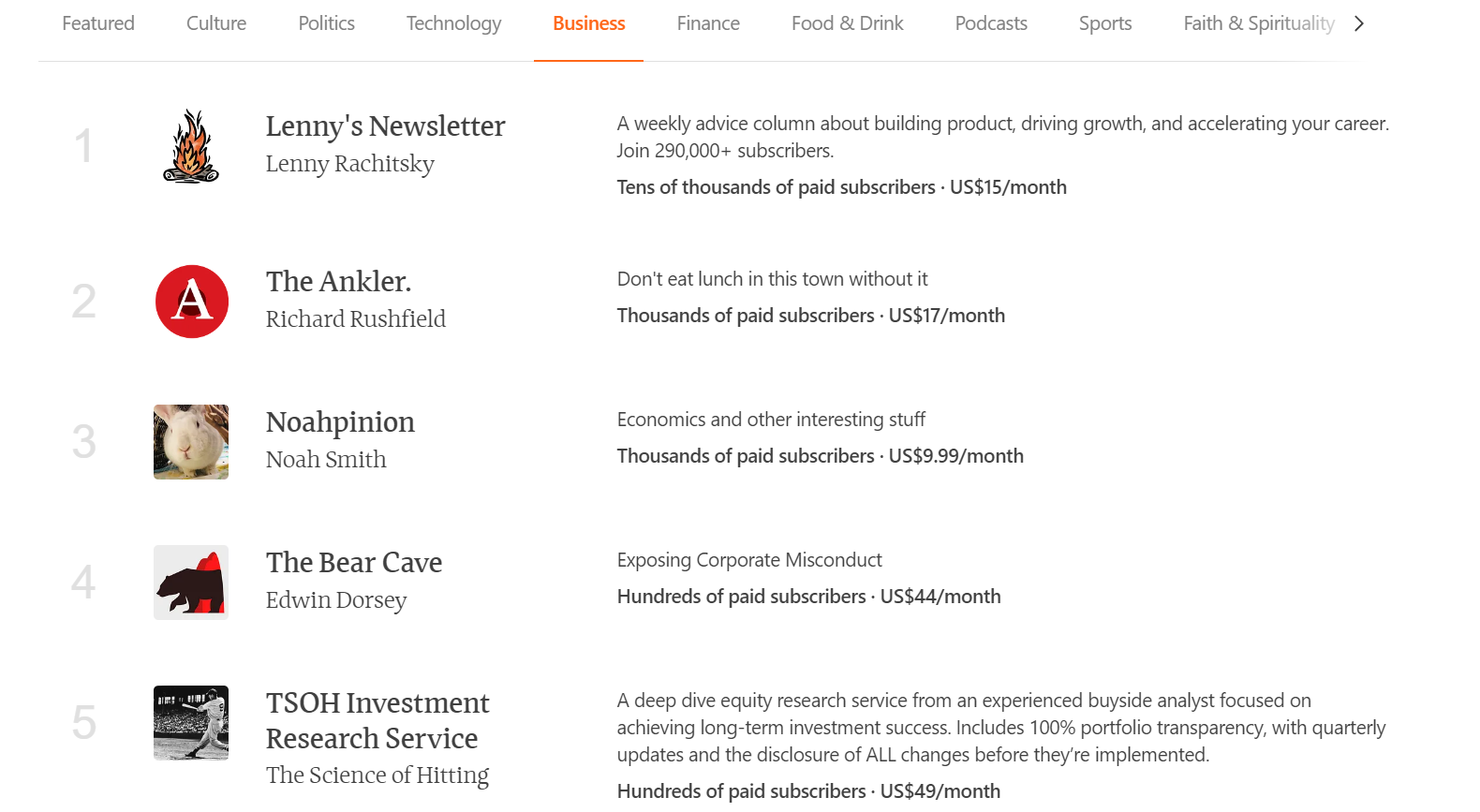
Pros and cons of running a paid newsletter
Builds authority for your personal brand.
You're assured of recurring revenue each month.
Selling digital products and services to readers who are already used to paying for your content can be easier than converting cold leads through social media or other advertising.
It can be very tiring to create high-quality content week after week.
Keeping to deadlines is essential.
Building a large subscriber list is more like a marathon than a sprint.
Classified ads and sponsored content
It's common for creators to dip their toes into newsletter monetization by running ads or sponsorship first. If you run a popular newsletter, businesses in your niche will eventually pitch you for ad space in one or more issues.
Classified ads are usually one or more lines of text written by the advertiser, plus a link to a landing page. They're cheaper to run than display ads (see below) or sponsored content.
According to Dictionary.com, sponsored content is "advertising that a brand pays an online publisher to create and seamlessly integrate, conforming to the design, format, and content of the website or social media feed where it is published." Some newsletters include sponsored content in their regular newsletters, while others provide special editions for sponsored content.
One excellent example is personal finance blogger Michelle Schroeder-Gardener who runs Making Sense of Cents. Michelle has earned so much from running sponsored content and affiliate deals that she's created two courses to educate other bloggers on this monetization strategy.
What can you charge for classified ads?
Newsletters may use email cpm, which is the price you'll pay per thousand subscribers, regardless of the open or click rate. Other creators prefer to charge a set fee. See our cpm blog article for more information on standard newsletter ad rates.
Ad charges vary hugely between newsletters and depend on the number of subscribers and how many clicks and conversions previous advertisers have received. Costs may also depend on the creator's newsletter goals. For example, their primary goal may be to draw their targeted audience into their community, with income from ad placements being a secondary concern. Whereas other creators may use their newsletter as their primary form of income, so they may charge more for ads.
Examples
Josh Spector's newsletter "For The Interested" includes curated content, links to his own blog articles and podcast and Twitter posts. He currently charges $350 for classified ad space in two issues (once in his extended Sunday edition and once in the one-paragraph daily newsletter.)
Dense Discovery is a weekly newsletter serving 41000+ subscribers with information on discoveries in design, technology, sustainability and culture. Sponsorship ads in Dense Discovery cost $650, while classified ads are $115.
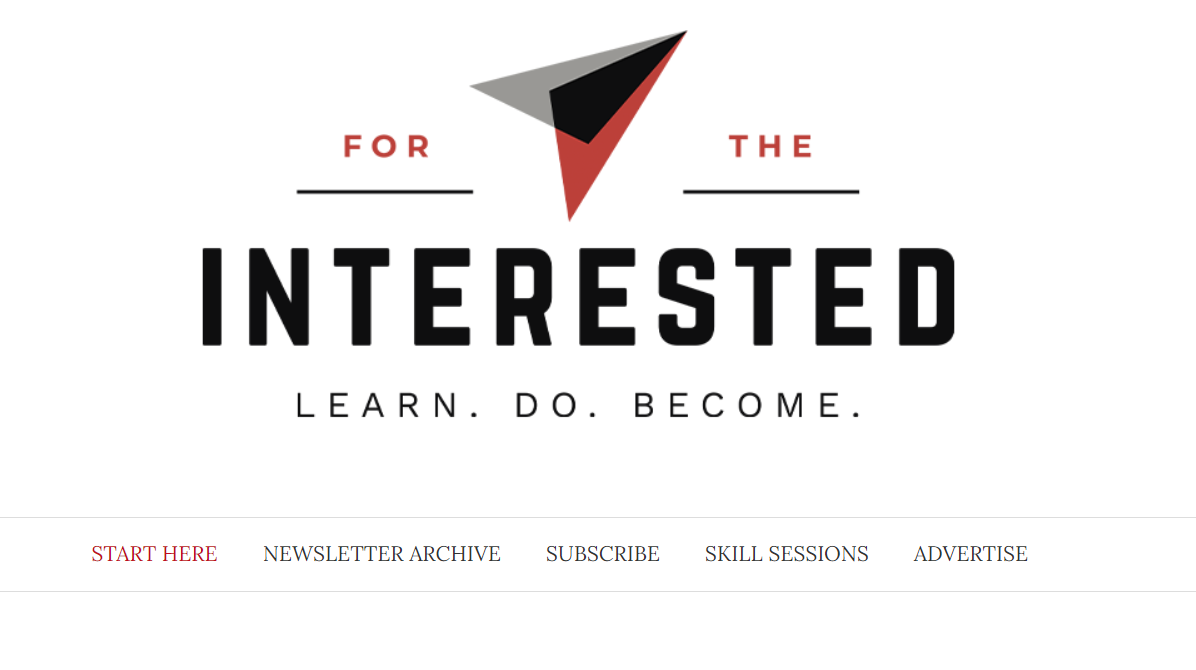
Display advertising
Newsletter display ads are prominently displayed near the beginning of a newsletter and often draw attention with images, color and space around the ad. They are frequently bought by a newsletter sponsor and cost more than simple classified ads.
For example, Justin Welsh charges $1,250 to sponsor his Saturday Solopreneur newsletter, which has 65000+ subscribers and average sponsorship clicks of 400-600. That may seem expensive, but as Justin explains on his sponsorship page, the ads stay live forever on his website, are promoted on social media and are visited 1,200+ times per year.
Some newsletters have media kits or pages which spell out the details and pricing of various forms of advertising.
Other newsletters, like Morning Brew, require you to contact them to discuss whether your business model fits their audience.
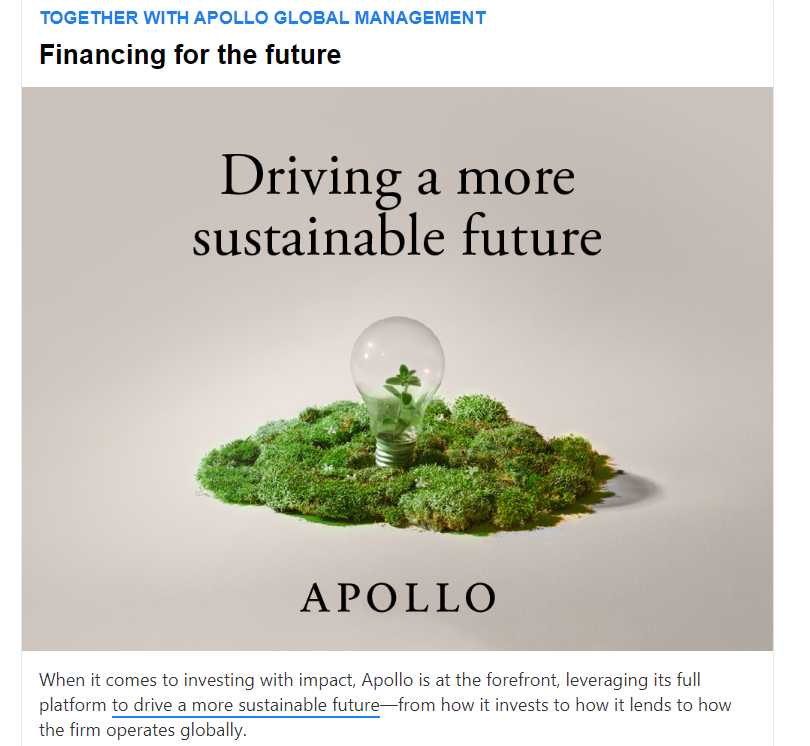
Pros and cons of running classifieds, sponsorships and display ads
Ads can serve your readers by alerting them to deals, products and services that are genuinely interesting or helpful.
Readers who click on these ads drive up your click rate, eventually allowing you to increase your rates because of the higher conversion rate.
Successful newsletters often have long waiting lists for businesses to book ad placements, so they are assured of that income many months ahead.
Including too many ads in your newsletter runs the risk of readers totally ignoring them or feeling so annoyed or overwhelmed that they unsubscribe.
You'll get the same reaction if ads aren't carefully targeted to your audience.
Substack doesn't encourage its members to run advertisements. And it actively forbids publications that are set up solely to advertise or sell external products.
Affiliate marketing
Many businesses offer an affiliate program to encourage influencers and thought leaders to recommend them to their audiences. With affiliate deals, the company pays you a percentage of the money they make on each lead who signs up or purchases through your unique affiliate link.
Newsletter creators can earn money by including an affiliate link on products or services they mention. It's a pretty straightforward business decision if you genuinely like and admire that product. However, your audience will likely unsubscribe in large numbers if they suspect you're recommending things you don't use yourself.
Legally you must always disclose when you've used an affiliate link. So, you'll usually find disclaimers explaining that you'll receive some money from the company if a customer buys through your link at the beginning or end of a newsletter or blog post.
Amazon Affiliates is one of the biggest affiliate programs. If you regularly review or recommend products, it's worth signing up and linking to them on Amazon. That makes it easy for your members of your email list to purchase interesting or helpful products and earns you up to 10% commission.
Online courses are booming too, and their creators often have a referral program for affiliate marketing. For example, Michelle Schroeder-Gardener offers an affiliate program for her "Making Sense of Affiliate Marketing" course but only to people who've completed the course.
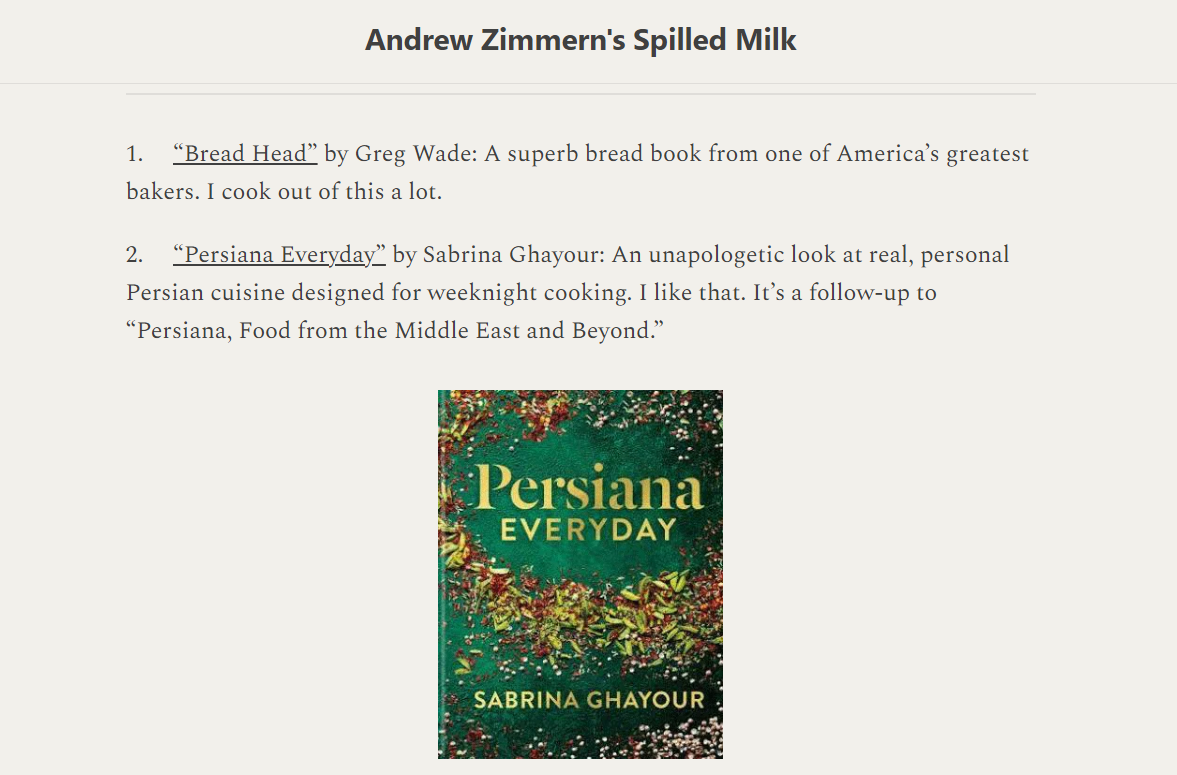
Pros and cons of affiliate marketing in newsletters
You have no product, investment or development costs when recommending other people's products.
You risk losing subscribers if you often recommend products that don't fit your audience.
No income certainty or guarantees that people will purchase through your link.
Advertise and sell your own merch
Another popular way to monetize your newsletter is by using it to alert readers to your products. These could be books, branded merchandise or digital products, as well as membership programs or even physical goods related to your newsletter topic.
Newsletters involve creating a community that shares your passion. That means readers will be keen to buy from you rather than traditional retailers.
Examples
Total Annarchy is a fortnightly newsletter written by author and marketing expert Ann Handley. Ann doesn't include sponsorships or advertisements for other businesses, but you'll always find links to her book "Everybody Writes" at the end of each edition. Ann has also experimented with NFTs and sometimes offers readers the chance to support her by purchasing her creator coin $WORD.
Australian naturopath Georgia Harding delivers the Well Nourished weekly newsletter and free recipes to subscribers interested in healthy eating. The newsletter links directly to Georgia's website shop which sells her courses, membership program and several e-books.
Canadian blogger Marc Thoma writes the Healthy Fresh Homegrown newsletter. In it, he shares tips for growing, harvesting and cooking vegetables in small urban garden plots, affiliate products, and links to his e-books and Seed-to-Table membership program.
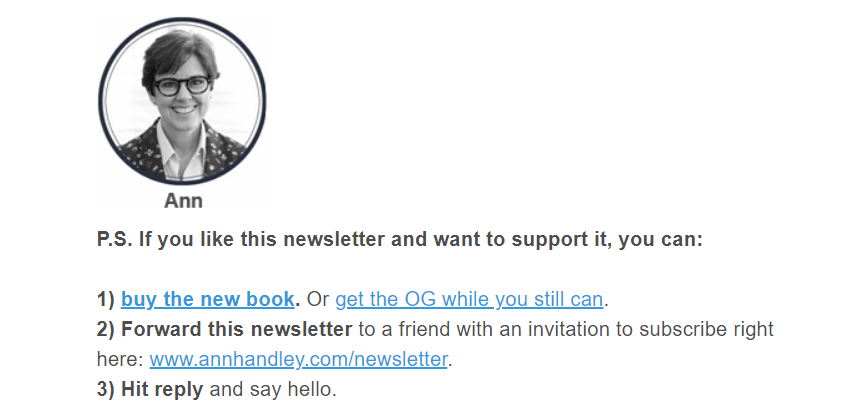
While many newsletter creators make their own digital products, some entrepreneurs have started platforms that help creators source or develop physical products. These websites include Spring, Pietra and Merch by Amazon. You could also begin a Shopify or Etsy store and link to it from your newsletter.
Pros and cons of selling merchandise
You invest a lot of time and energy in writing books or creating digital products, but once made, they'll earn income for years afterward.
Dealing with manufacturers can be stressful and costly if you're making physical products.
Selling physical products also requires logistics like storage, handling and shipping (unless you work with a service like Pietra or Amazon, which handle those for you.)
Sell courses
Many newsletters are written by experts who produce valuable content for their readers. Offering actionable free content in newsletters has often proved to be a powerful tool because once you've established your knowledge and teaching style, subscribers are often eager to learn more from the creator in a paid course, too.
Courses come in all shapes, sizes and price points, depending on your target audience and the transformation you're offering.
Aliventures by Ali Luke is an excellent example of a newsletter offering compact, self-study courses to struggling freelancers and writers at affordable rates (usually between 20 and 50 USD).
On the other end of the scale, the Podcast Market Academy, which Jeremy Enns presents to potential clients via the Creative Wayfinding newsletter, is a cohort-based course. It costs $1000+ and includes comprehensive videos, action steps, a private community, weekly accountability calls, Q&A sessions and more.
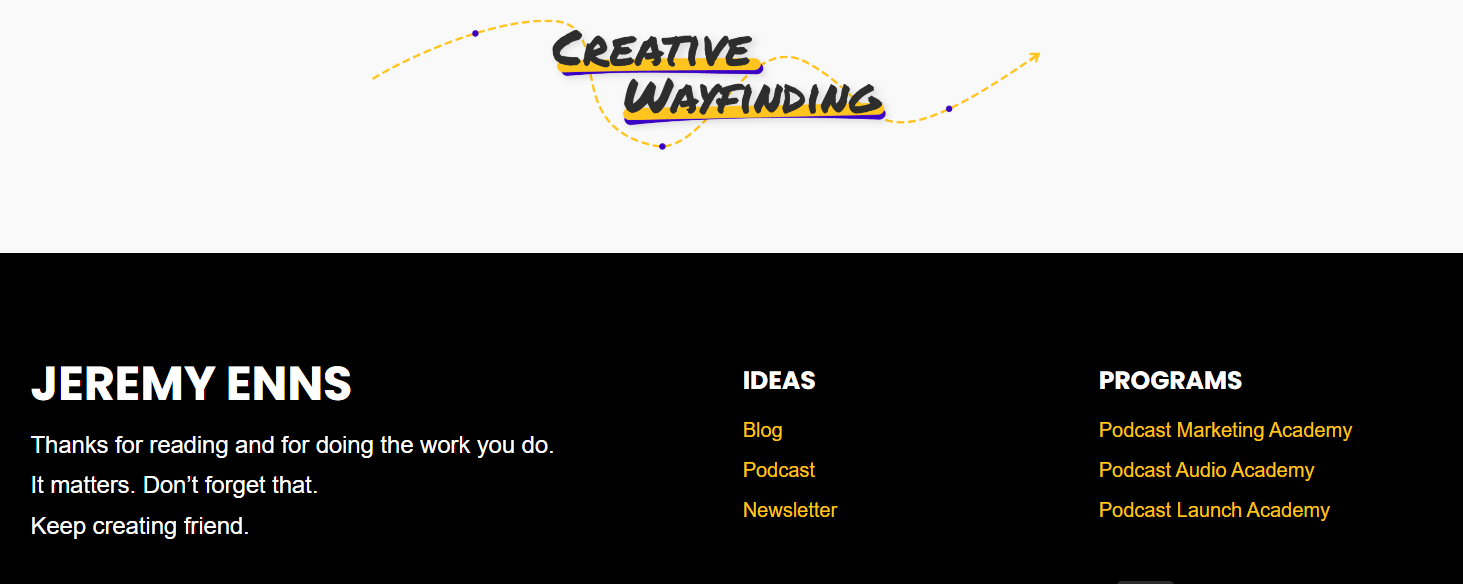
Pros and cons of selling courses
Courses take time and effort to create but then become passive income earners. That especially applies to evergreen self-paced courses.
Cohort-based programs (where a group moves through the stages together) are more expensive because the creator works with the course participants in real-time.
It's challenging to sell a course without first building your community and an expert reputation.
Marketing is vital and can be tough. As well as promoting the course through your newsletter and social media, you'll need a landing page, payment facilities (e.g., Stripe), and to advertise by interviewing on podcasts, YouTube channels or blogs.
Gather community support on Patreon
Platforms like Patreon and Buy Me a Coffee allow fans to make donations to support your work.
Patreon allows tiered memberships, where subscribers pay varying small amounts of money for additional features. One good example is GoldGoatsNGuns, a financial newsletter which has two higher-priced tiers with extra benefits for subscribers.
Buy me a Coffee lets your readers make small donations or join a monthly membership. You can even sell digital products via the Extras feature.
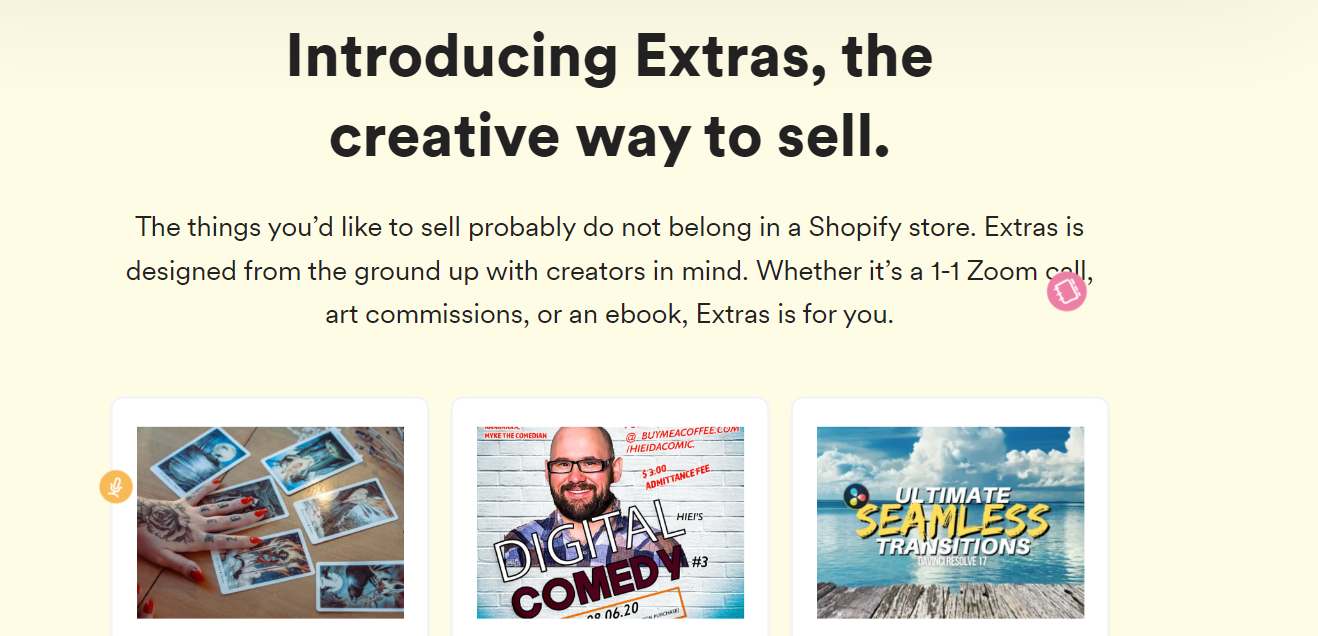
Pros and cons of Patreon
You're assured of recurring revenue each month.
You don't annoy your readers with ads in your newsletter.
You might feel the pressure of having to deliver what you've promised your Patrons.
It can be difficult to get readers to convert into Patrons.
Final Thoughts
Deciding to monetize your newsletter may be one of your best business decisions. As we've seen, there are many ways to monetize, and you can experiment to find which strategy works best for you.
Reletter has created an invaluable newsletter database for advertisers, sponsors and creators to research potential sponsorship opportunities. If advertising on other newsletters is part of your growth strategy, you can access all the qualifying data you need to choose the best newsletters to reach out to.

